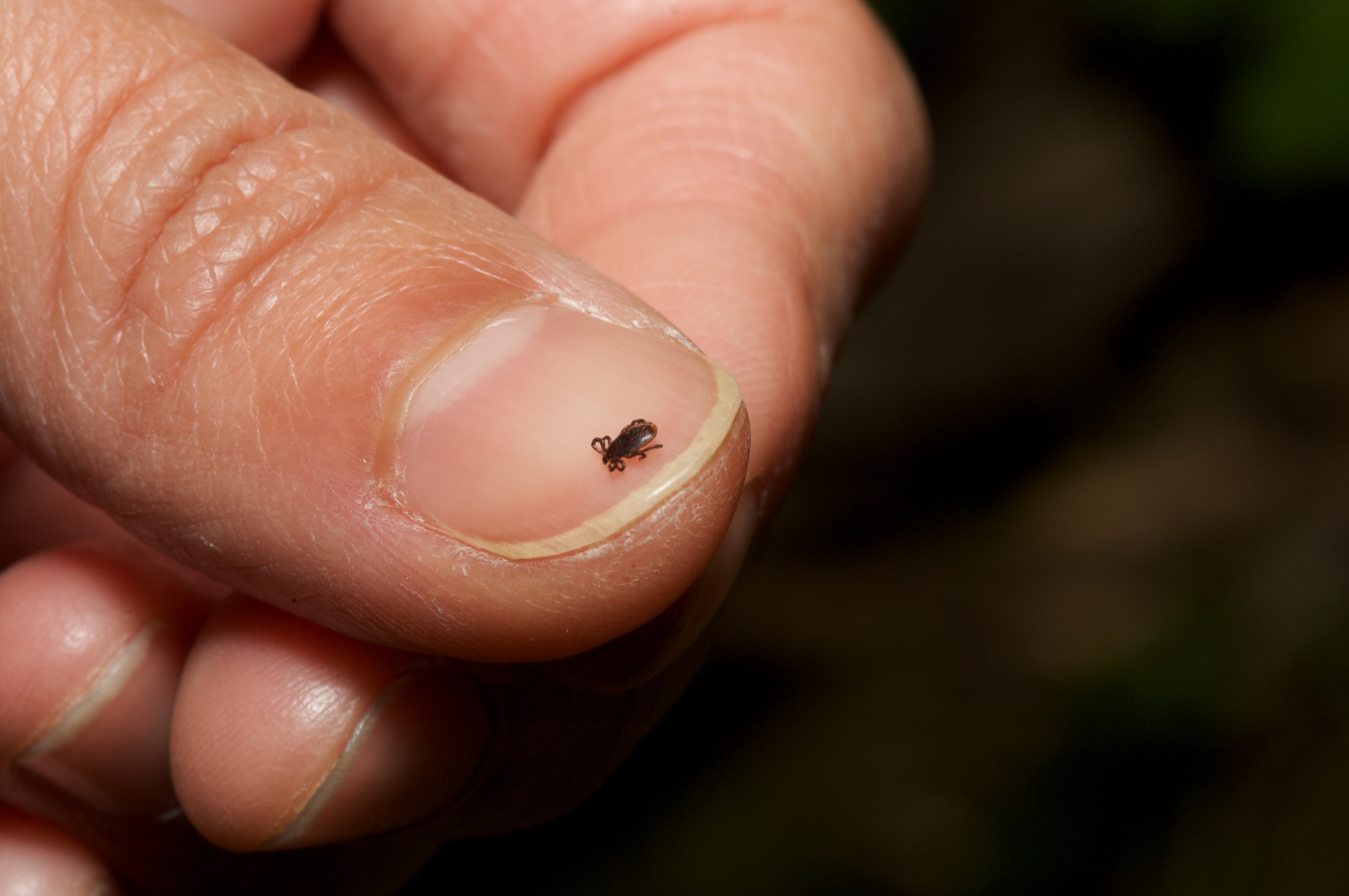Without Lizards to Latch Onto, Lyme Disease Ticks Depart

In the Western United States, lizards that host ticks are immune to Lyme disease, prompting scientists to anticipate that if the lizards were removed, the disease would flourish.
Not so, a study in California has found.
Instead, after the lizards were relocated from study sites, the researchers, led by Andrea Swei, who conducted the study while a doctoral student at University of California, Berkeley, found that the density of young ticks decreased, which decreased the disease risk to humans.
Lyme disease, which causes fever, joint swelling, fatigue and a bull’s-eye rash, is spread by the bites of ticks infected with the bacteria Borrelia burgdorferi. Blood-sucking ticks spread the disease from infected animals, like deer and rodents, to humans.
The Western blacklegged tick, also called a deer tick, is primarily responsible for spreading the disease out west, and up to 90 percent of its juvenile ticks feed on the blood of the Western fence lizard. However, a previous study showed that a protein in the lizard's blood killed the bacteria, effectively cleansing the Lyme-infected ticks that feed on the lizard's blood.
To test the effect of removing lizards, the researchers collected 447 lizards from two sites in Marin County, Calif., and relocated them. The researchers then looked to see where the ticks went, without the lizards around. They tested the mammals, particularly woodrats and deer mice, on which ticks feed, to see if more ticks showed up on them.
Some ticks turned to new hosts, primarily female woodrats, which collected an average of five extra ticks after the lizards were removed compared with their tick population with lizards present. But this wasn't enough to absorb all of the ticks left without lizards to feed on, and about 95 percent of these ticks did not switch hosts.
Get the world’s most fascinating discoveries delivered straight to your inbox.
The findings suggest the fence lizard may not act as a reservoir for the disease and instead amplifying the tick populations. As a result, the density of infected nymphal ticks — those most likely to spread disease — dropped after the lizards were removed, the authors write.
The results of the study, which was funded by the National Science Foundation, were published online in the journal Proceedings of the Royal Society B on Tuesday (Feb. 15).




